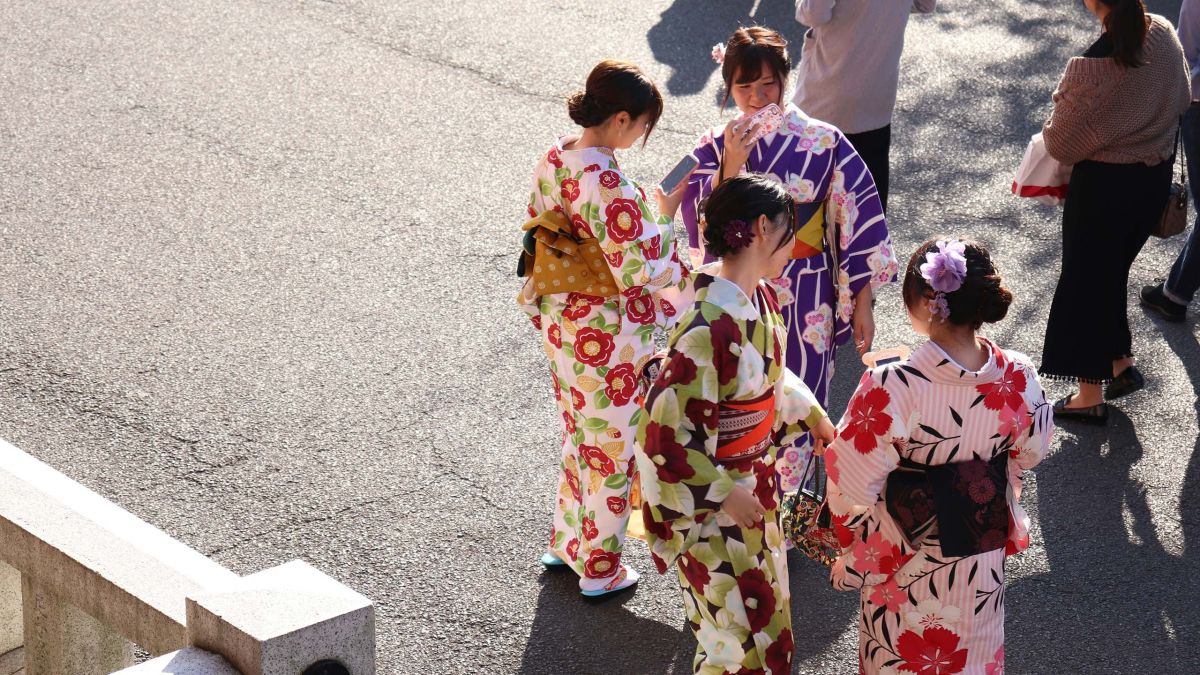Rites of Passage: How Different Cultures Mark a Girl’s Journey to Womanhood

Across the world, communities have created traditions to mark significant life stages, and one of the most profound is the transition from girlhood to womanhood. These coming-of-age rituals often carry deep cultural meaning, shaped by history, environment, and values passed through generations. While modern life has changed the way some of these customs are practiced, they remain a powerful reflection of identity and belonging.
This article explores how different societies recognize this transition, focusing on girls and the symbolic steps that signify maturity.
1. The Bat Mitzvah – Jewish Tradition
In Jewish culture, the Bat Mitzvah marks a girl’s 12th birthday (or 13th in some traditions) as the moment she becomes responsible for her own religious obligations. Traditionally celebrated in a synagogue, the ceremony often includes reading from the Torah, a task previously reserved for adults.
Today, many Bat Mitzvahs are followed by a festive gathering, blending spiritual significance with family celebration. While some view it as a solemn responsibility and others as a cultural milestone, the essence remains the same: acknowledging personal accountability and inclusion in the faith community.
2. Quinceañera – Latin American Heritage
In many Latin American countries, turning 15 is more than a birthday—it’s a cultural event. The Quinceañera symbolizes a girl’s transition to young womanhood and is often rooted in Catholic traditions.
The celebration begins with a religious mass, followed by a reception that can resemble a wedding in scale and elegance. Symbolic elements include the changing of flat shoes to high heels and the presentation of a last doll, marking the farewell to childhood. For many families, it’s both a rite of passage and a way to honor heritage and family unity.
3. Seijin no Hi – Japan’s Coming of Age Day
In Japan, the second Monday of January marks Seijin no Hi, or Coming of Age Day, a national holiday celebrating young people who have turned 20, the age of legal adulthood. While this includes both men and women, for young women, it is an opportunity to wear the furisode, a formal long-sleeved kimono often rented for the occasion.
Ceremonies are organized by local governments, followed by gatherings with family and friends. Although modern lifestyles have softened traditional expectations, the ritual still reflects respect for maturity and personal responsibility.
4. Intonjane – Xhosa Initiation in South Africa
Among the Xhosa people of South Africa, Intonjane is a traditional ritual that marks a girl’s transition to womanhood, typically associated with puberty. This ceremony includes a period of seclusion where girls learn about womanhood from elder women, including social roles, responsibilities, and community values.
While some aspects of Intonjane have adapted over time, the practice remains an important cultural marker for families who choose to uphold the tradition, serving as both an educational and spiritual experience.
5. The Apache Sunrise Ceremony – Indigenous North America
The Apache Sunrise Ceremony is a four-day rite that celebrates a girl’s first menstruation, symbolizing her transformation into womanhood. During the ceremony, the girl undergoes a series of rituals guided by elders and spiritual leaders, including songs, dances, and blessings meant to connect her with ancestral strength.
This tradition emphasizes endurance, respect for nature, and the spiritual role women hold within the community. Though fewer girls experience the full ceremony today, efforts to preserve it reflect its significance in Apache identity.
6. Henna Night – Middle Eastern and North African Traditions
While often associated with weddings, Henna Night in some Middle Eastern and North African cultures can also mark a girl’s coming of age. The ritual involves decorating hands and feet with intricate henna designs, accompanied by songs and blessings for health and happiness.
Though modern interpretations vary, the practice symbolizes beauty, protection, and readiness for new stages in life.
| Culture | Ritual Name | Typical Age | Key Symbol |
|---|---|---|---|
| Jewish | Bat Mitzvah | 12-13 | Reading from Torah |
| Latin American | Quinceañera | 15 | High-heel shoes |
| Japan | Seijin no Hi | 20 | Furisode kimono |
| Xhosa (South Africa) | Intonjane | Puberty | Instruction by elders |
| Apache (North America) | Sunrise Ceremony | First menstruation | Four-day ritual |
Modern Shifts and Continuing Meaning
Globalization, urban living, and evolving social norms have influenced these traditions, sometimes leading to simplified ceremonies or private celebrations. Yet, their essence remains: recognizing growth and acknowledging the responsibilities that come with adulthood.
For many families, these rituals are more than symbolic—they strengthen bonds, transmit cultural knowledge, and create shared memories that last a lifetime.
Closing Thoughts
While the details vary, the purpose behind these rites of passage is universal: to honor a pivotal moment in a girl’s life and affirm her place within a community. In a rapidly changing world, these traditions remind us that the journey from childhood to adulthood is not just biological—it is cultural, spiritual, and deeply human.
Disclaimer: The articles and information provided by the Vagina Institute are for informational and educational purposes only. This content is not intended to be a substitute for professional medical advice, diagnosis, or treatment. Always seek the advice of your physician or another qualified health provider with any questions you may have regarding a medical condition.


 English
English  Deutsch
Deutsch  Español
Español  Français
Français 




